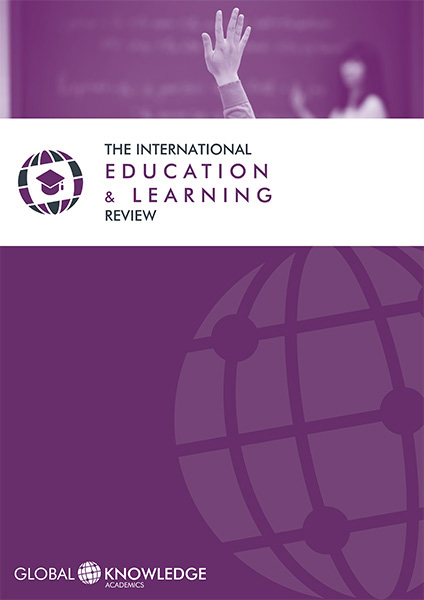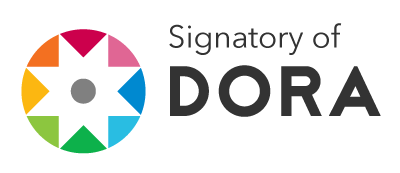Use of Apparatuses in Science Laboratory: Developmental Characteristics of Didactical Interactions
DOI:
https://doi.org/10.37467/gka-edurev.v1.2046Keywords:
Didactical interactions, Innovative pedagogy, Manipulatives, Laboratory, Mathematics education, STEM educationAbstract
Teaching and learning through the use of tools is evolving in response to new developments in pedagogy that aim to enhance students’ high-order thinking skills. This paper presents results from part of a research project investigating innovative teaching pedagogy, engaging with active learning through students’ manipulation of apparatuses in a series of mathematics lessons conducted in a science laboratory. The findings of the study include illustration of the development of didactical interactions, a modified framework yielding multi-directional transitions of interactive activities. This serves not only to promote interactive learning activities, including various active forms of productions, but also embraces innovation in STEM education.
Downloads
Global Statistics ℹ️
|
274
Views
|
116
Downloads
|
|
390
Total
|
|
References
Bartolini Bussi, M.G. (1998). Verbal interaction in mathematics classroom: a Vygotskian analysis. IN H. Steinbing, M.G., Bartolini Bussi & A. Sierpinska (Eds.), Language and communication in mathematics classroom (pp. 65-84). Reston, VA: NCTM.
XXX (XXX). Tool-based mathematics lesson: a case study in transitions of activities in didactical cycle. In B. Kaur, W.K. Ho, T.L. Toh, & B.H. Choy (eds.), Proceedings of the 41st Conference of the International Group for the Psychology of Mathematics Education, 3, (pp. 145-152). Singapore: PME.
Loh, C.Y. (1984). The laboratory approach to teaching mathematics: some examples. Teaching and Learning, 5(1), 19-27.
Mariotti, M.A. (2009). Artifacts and signs after a Vygotskian perspective: the role of the teacher, ZDM Mathematics Education, 45:427-440.
Mariotti, M.A. (2012). ICT as opportunities for teaching-learning in a mathematics classroom: the semiotic potential of artefacts. Proceedings of the 36th Conference of the International Group for the Psychology of Mathematics Education, 1, pp. 25-42. Taipei, Taiwan.
Merriam, S.B., & Tisdell, E.J. (2016). Qualitative research: a guide to design and implementation (4th ed.). San Francisco, CA: Jossey-Bass.
Roehrig, G.H., Moore, T.J., Wang, H.H., & Park, M.S. (2012). Is adding the E enough?: investigating the impact of K-12 engineering standards on the implementation of STEM integration. School Science and Mathematics, 112(1), 31-44.
Stake, R.E (2010). Qualitative research: studying how things work. New Work: Guilford Press.
Travers, M. (2001). Qualitative research through case studies. London: Sage.
Yin, R.K. (2012). Applications of case study research (3rd ed.). Thousand Oaks, CA: Sage.
Downloads
Published
How to Cite
Issue
Section
License
Those authors who publish in this journal accept the following terms:
-
Authors retain copyright.
-
Authors transfer to the journal the right of first publication. The journal also owns the publishing rights.
-
All published contents are governed by an Attribution-NoDerivatives 4.0 International License.
Access the informative version and legal text of the license. By virtue of this, third parties are allowed to use what is published as long as they mention the authorship of the work and the first publication in this journal. If you transform the material, you may not distribute the modified work. -
Authors may make other independent and additional contractual arrangements for non-exclusive distribution of the version of the article published in this journal (e.g., inclusion in an institutional repository or publication in a book) as long as they clearly indicate that the work was first published in this journal.
- Authors are allowed and recommended to publish their work on the Internet (for example on institutional and personal websites), following the publication of, and referencing the journal, as this could lead to constructive exchanges and a more extensive and quick circulation of published works (see The Effect of Open Access).













